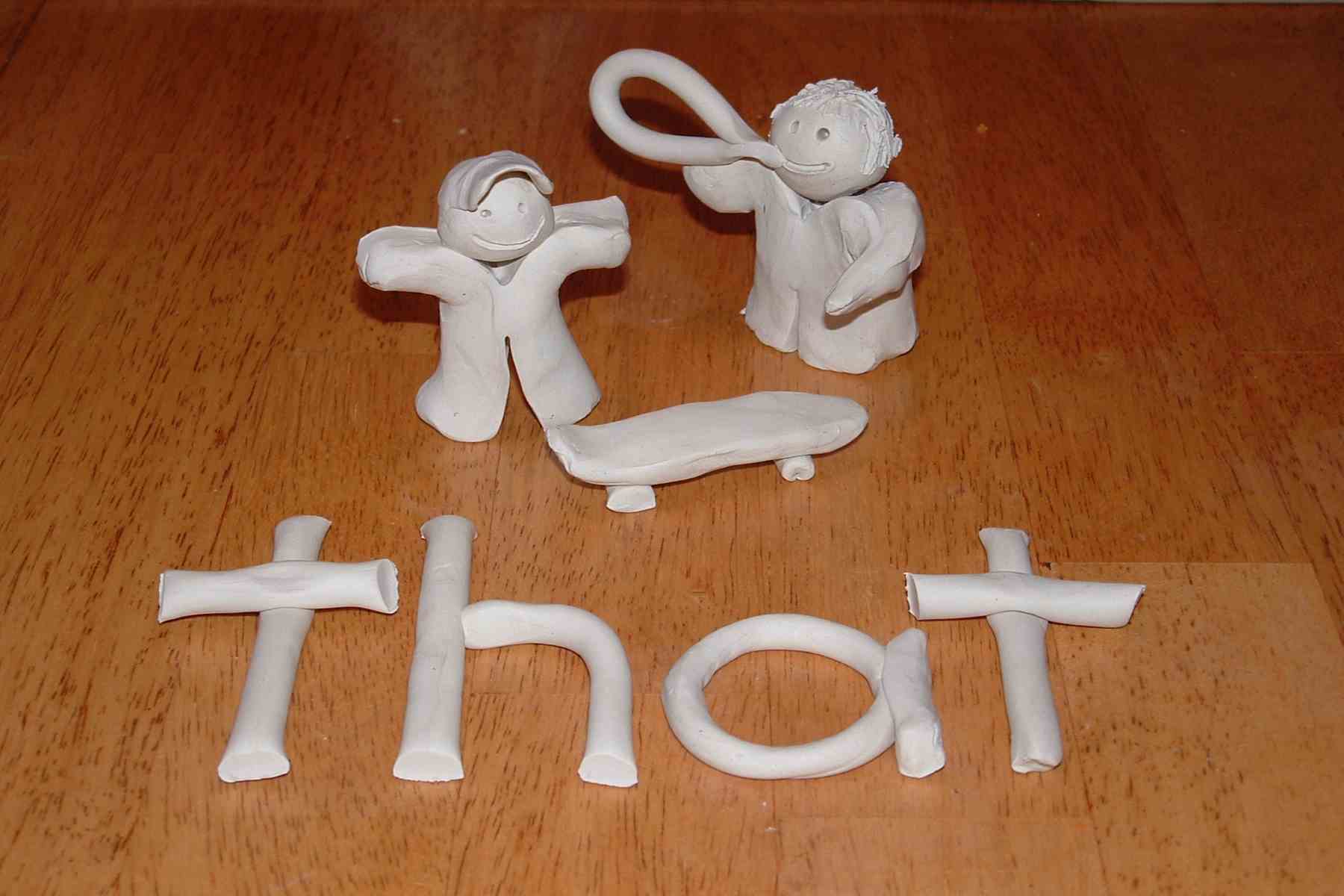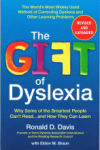Davis® Methods: Empowering Those Who Think and Learn Differently
Davis empowers neurodivergent minds with ADHD, Autism, Dyscalculia, and more through hands-on, creative methods tailored to unique learning styles.
The Gift of Dyslexia: Why Some of the Smartest People Can’t Read…and How They Can Learn
Ronald Davis’s groundbreaking work explains the theories behind Davis Dyslexia Correction methods, and details basic procedures in an easy-to-follow, scripted format.
Need more help? Visit our Davis Facilitator Directory to locate a licensed provider.
On Facebook? Please join the Davis Method Support Group for help, guidance, and suggestions for clay modeling.




Great question! Because our goal is mastery, the memory should be both automatic and subconscious. Our goal is to supply a picture-thinker with the ability to think with words like “in” or “about”. But the only thing needed for that is the concept the word conveys – not necessarily the specific image.
For example, a person might model the word “in” showing people “in” a house — as is shown at https://www.symbolmastery.com/i/in2/.
But later that person hears or reads the phrase, “toys in a box”. A picture thinker needs to retain the idea of something being “in”, but a mental image of a house is not important. So rather than consciously recalling the clay model that was created, it would be best if the person automatically creates a new mental picture to fit the sentence — this time with toys and a box, rather than people and a house.
So even though we are using clay images to provide an example of the word, only word meaning is important.
It would not be appropriate to try to test a student by later asking them to describe their model or recite the word’s definition. Instead, our goal is simply to eliminate confusion. If the student later seems to be triggering on a word or having difficulty with understanding a passage containing that word, it is possible that the word would need to be revisited and remodeled; or it may be that a secondary or alternative definition of that word needs to be remodeled.
But very often picture thinking is very fast and happens on a subconscious level. So there really would be no purpose in testing the person’s memory of the model.
Thanks for that answer! It definitely makes sense, especially once you consider multiple definitions often exist.
– J
You certainly could try using clay modeling for cursive, especially if a person is having difficulty recognizing and forming cursive letters.